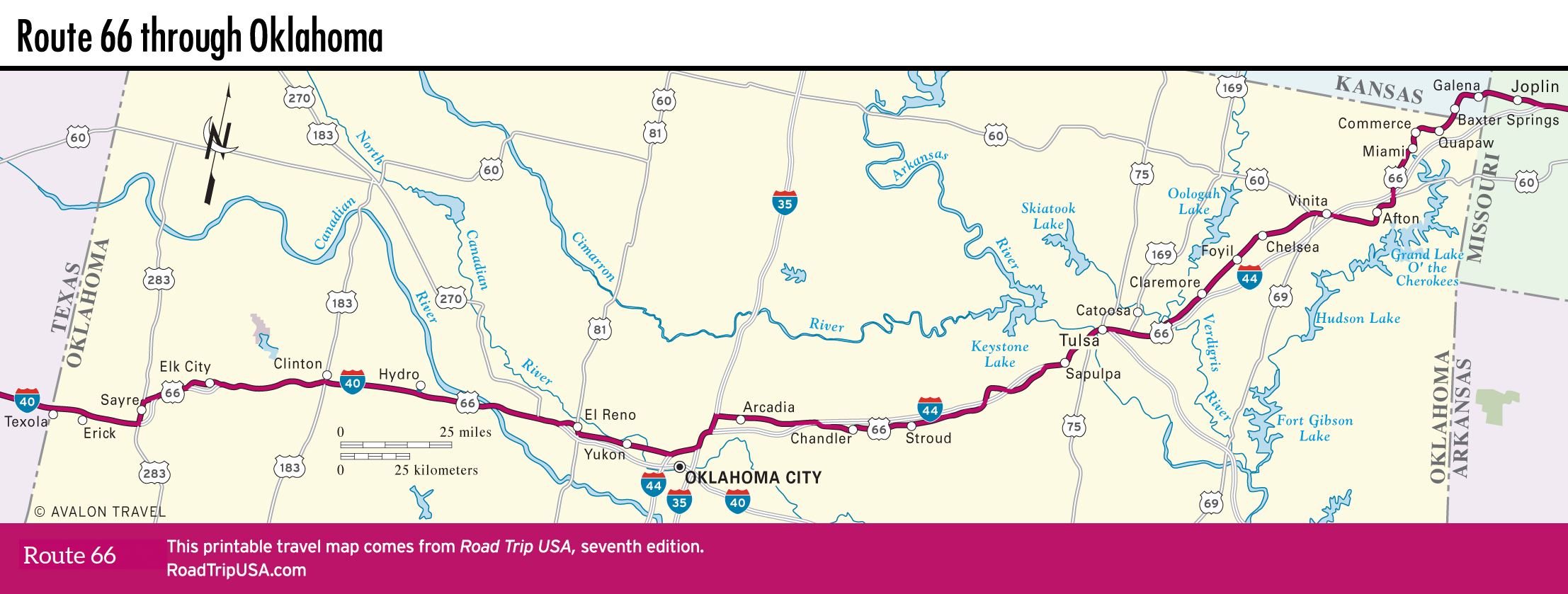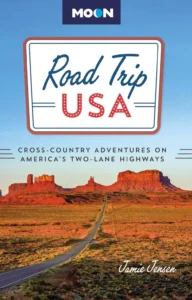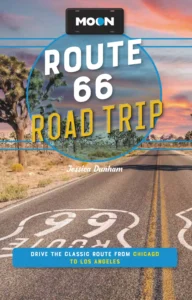Sayre and Erick
Sayre
If you want a quick flashback to the dark days of Steinbeck’s The Grapes of Wrath, turn north off I-40 into sleepy Sayre (pop. 4,463). The landmark Beckham County Courthouse, which looms over the east end of Main Street, was prominently featured in the movie version as Henry Fonda and the rest of the Joads rattled down Route 66 toward California. The Depression era also lives on in the cool and pleasant WPA-era swimming pool in Sayre City Park, between the old Route 66 alignments.
Erick
In Jack D. Rittenhouse’s original A Guide Book to Highway 66, published in 1946 and now widely available in reprinted versions, he described Erick (pop. 995) as “the first town you encounter, going west, which has any of the true western look, with its wide, sunbaked street, frequent horsemen, occasional sidewalk awnings, and similar touches.” His description still rings true today (apart from the horses, which have been replaced by pickup trucks). Along with main streets named for hometown musical heroes Sheb “Flying Purple People Eater” Wooley and Roger “King of the Road” Miller, Erick has another unique draw: All the buildings at the main intersection, and the only stoplight in town, have chamfered corners, filed off to give a sense of consistency and improve the view.
Erick is a quiet but welcoming little town, especially if you walk around the corner from the Miller Museum to the Sandhills Curiosity Shop (201 S. Sheb Wooley St., 580/526-3738, hours vary, free). Marked by the dozens of old signs hanging outside the old City Meat Market, this old curiosity shop is owned and curated by Harley Russell, an energetic pack rat of a man whose guitar-playing, singing, and story-telling has entertained Route 66 travelers for years.
A mile (1.6 km) south of the I-40 freeway (exit 7), a nice stretch of late-model Route 66 continues west from Erick as a four-lane divided highway, all the way to Texas through the borderline ghost town of Texola.
The Travel Map of Oklahoma

















